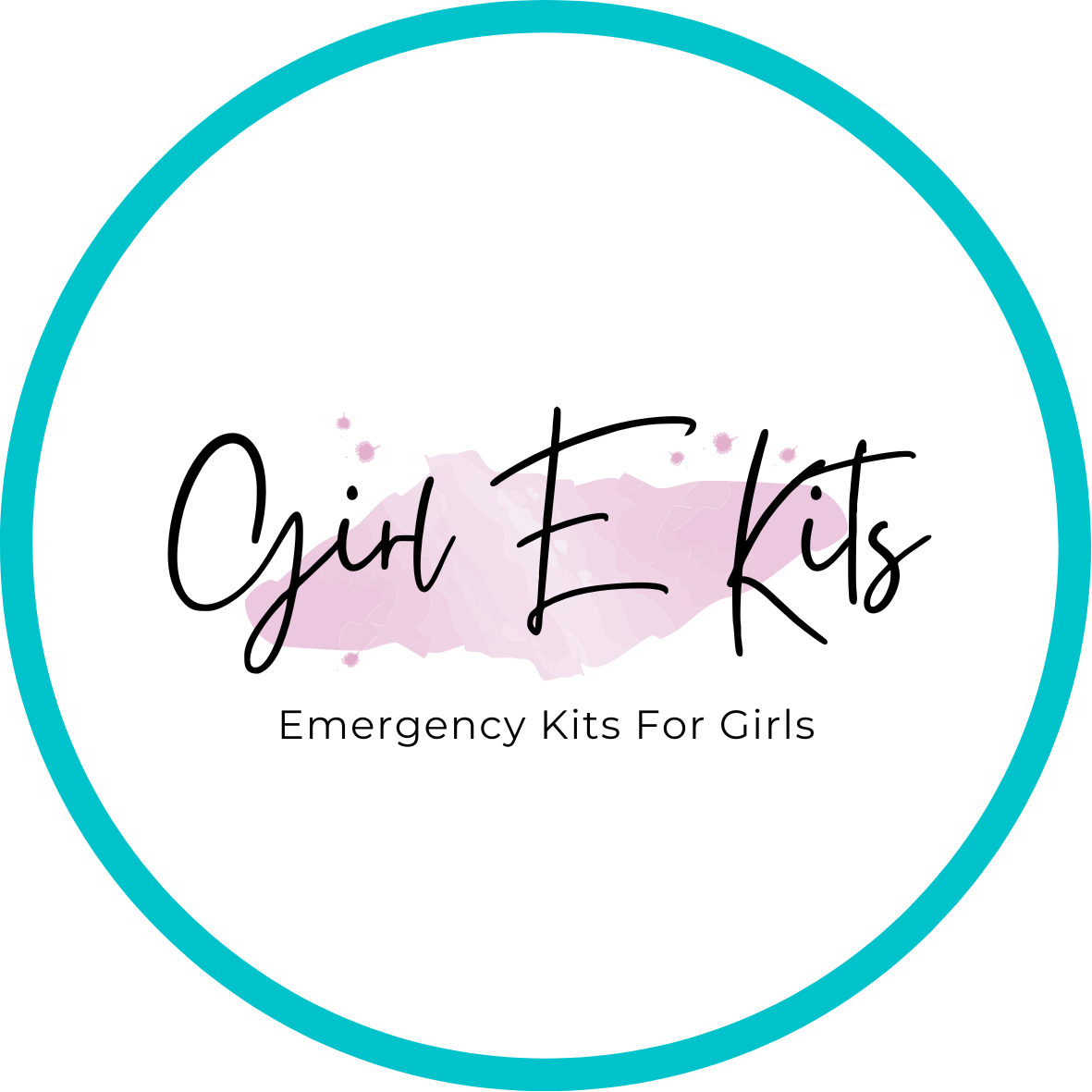Pads, tampons, period underwear, period cups are all popular options for managing menstrual flow, but they have different features, benefits, and considerations. The choice between them depends on your personal preferences, comfort, and lifestyle. Here's a breakdown of each option:
-
Pads: Pads, also known as sanitary napkins or maxi pads, are absorbent materials that stick to the inside of underwear to catch menstrual blood. They come in various sizes, thicknesses, and styles (with or without wings). Pads are easy to use and can be disposed of after each use. They are a good option for those who prefer not to insert anything into their body. However, some people find pads less comfortable during physical activities, and they can be noticeable under certain clothing. They do also have options like organic cotton or even reusable pads (these need to be washed and are usually put on with a clip or snap vs an adhesive strip)
-
Tampons: Tampons are cylindrical-shaped absorbent materials that are inserted into the vaginal canal to collect menstrual blood. They are available in different absorbency levels to accommodate varying flow intensities. Tampons are popular among those who want more discreet and comfortable options, especially for activities like swimming or sports. However, some people find tampons challenging to insert correctly, and there's a risk of toxic shock syndrome (*see definition below) if not used properly. It's important to change tampons regularly to avoid this risk.
-
Period Underwear: Period underwear is a newer option that features absorbent layers built into the underwear itself. They come in various styles and absorbency levels, allowing you to choose the level of protection you need. Period underwear is reusable and environmentally friendly, as they can be washed and worn again. They are also great for overnight as you move around a lot during the night, these will ensure protection. They are very comfortable and can provide leakage protection, but you may need to have multiple pairs on hand if you have heavy flow days.
-
Period Cups: Menstrual cups are small, flexible cups made of medical-grade silicone or other materials. They are inserted into the vagina to collect menstrual blood rather than absorbing it. Cups can be worn for up to 12 hours before needing to be emptied, making them convenient for longer periods of time. They are also reusable and eco-friendly. Some people find cups comfortable once they've mastered insertion techniques, but there can be a learning curve initially.
When choosing between these options, consider your comfort level with insertion, your activity level, the heaviness of your flow, environmental concerns, and any sensitivities you may have. It's also worth noting that individual preferences can change over time, so you might want to try a few different options to see which one suits you best. If you're unsure, you could start with the one you're most comfortable with and then experiment with others if you feel the need to switch. A good way to start for young girls is with pads or a period underwear as these are the most user friendly.
* What is Toxic Shock Syndrome:
Toxic Shock Syndrome (TSS) is a rare but serious medical condition that can be life-threatening. It is caused by the release of toxins produced by certain types of bacteria, most notably the bacterium Staphylococcus aureus (staph) and, less commonly, Streptococcus pyogenes (strep). These bacteria are normally present on the skin, in the mouth, nose, and throat, and usually do not cause any harm. However, under certain conditions, they can produce toxins that lead to TSS.
TSS was initially associated with the use of high-absorbency tampons in menstruating individuals, particularly those left in place for an extended period. However, TSS can also occur in non-menstruating individuals, and it has been linked to other factors such as skin infections, surgical wounds, and the use of nasal packing or contraceptive devices. It's important to note that TSS is not limited to tampon usage and can occur for various reasons.
Symptoms of toxic shock syndrome can vary but often include:
- High fever
- Low blood pressure
- Rash resembling a sunburn, especially on the palms and soles of the feet
- Muscle aches
- Headache
- Confusion or altered mental state
- Nausea and vomiting
- Diarrhea
- Redness of the eyes, mouth, and throat
If left untreated, TSS can progress rapidly and lead to severe complications, including organ failure. It's essential to seek medical attention immediately if you suspect TSS. Treatment typically involves hospitalization, administration of antibiotics to target the bacterial infection, and supportive care to manage symptoms like fever and low blood pressure.
While TSS is rare, it's important to be aware of the risk factors and symptoms, especially when using tampons or in situations where there's a potential for bacterial growth and toxin production. Using tampons with the appropriate absorbency, changing them regularly, and maintaining good hygiene are recommended practices to help reduce the risk of TSS.

